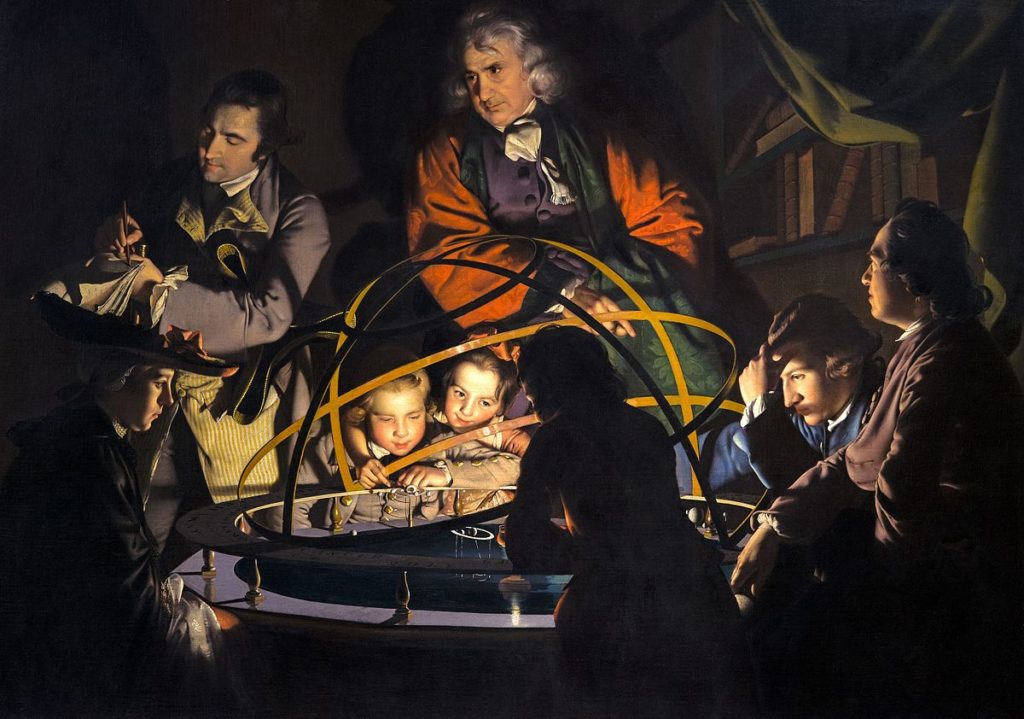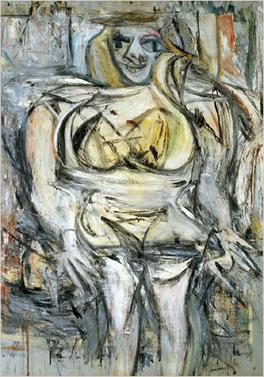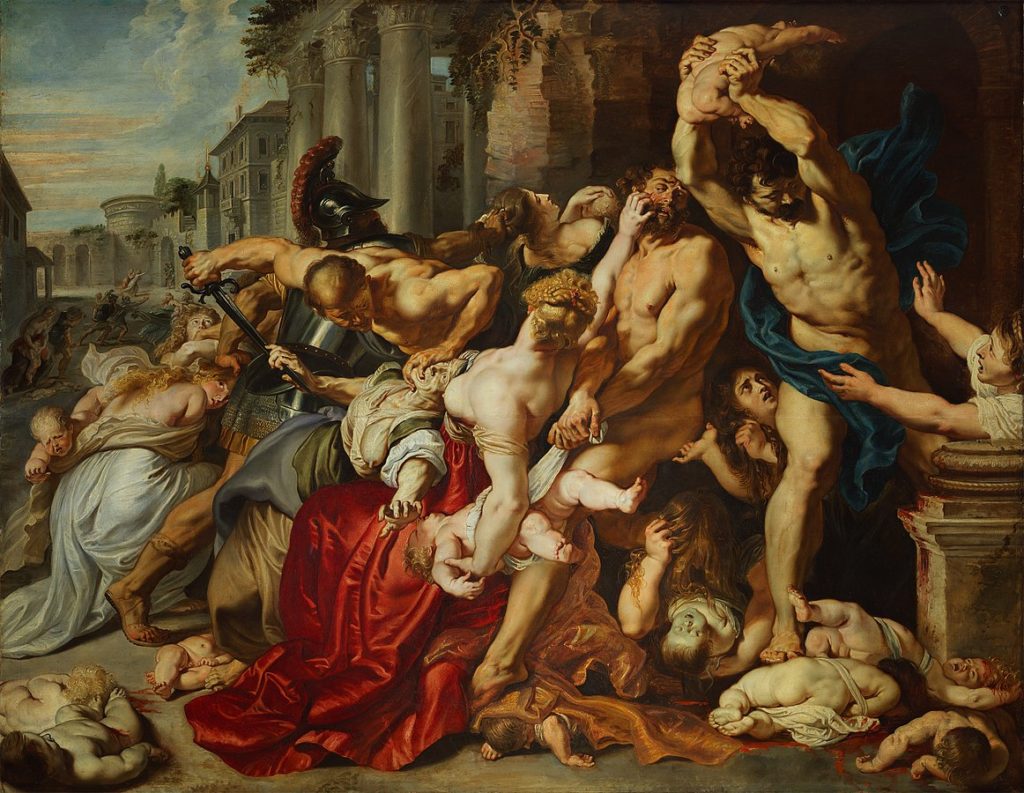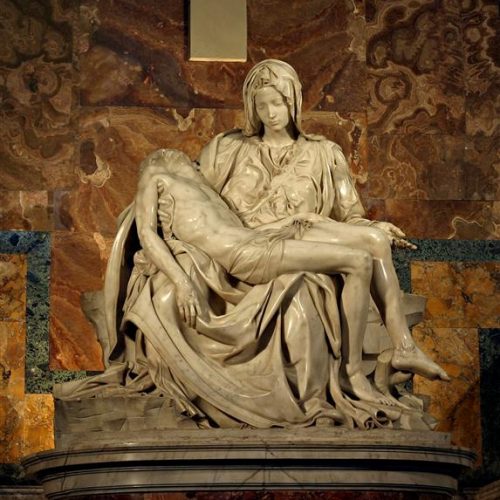When we think about art, we think about the fine arts; we think of the painter who labors over an idea, reclusive, subordinating all practical necessities to perfect an ideal that others might call pretentious, superfluous, and pointless. The artist channels all his deliberation into each brushstroke, being sure to leave nothing important out and committing no unnecessary marks. Her project is vital to life, her inspirations, her instincts, emotion, and actions are brought together to form a personal canon of works. The amount of deliberation the artist undergoes may be excessive to the average person, but if we widen the scope of artistry to include even the so-called non-artists, we find inspiring similarities in the nature of their actions.
When we imagine the average person, we think about someone who wakes only for work, comes home, does something irritating and energy-sapping, like being a parent or doing homework, and if he or she is lucky, there will be time to relax in front of the TV before doing it again. The week is completely saturated with routine, and if there was ever any deliberation about one’s options, it was long ago. Now he is operating on autopilot. It is as if a painter made one decent portrait and spent the rest of her career trying to replicate it more efficiently each time.
Let’s take this analogy further.
What if we treated the average person as though he were making art? The world is her canvas, and her actions are brushstrokes. And she has piles upon piles of works that people could admire or criticize. Like Leonardo lives on in his paintings, this person lives on in the lives of her family and friends, her home renovations, her car to be scrapped, her collection of coffee mugs, and her trash at the landfill. These are all lifetime pursuits; just like an artist pursues a satisfying ideal, and so does the average man. Sometimes we are just bad artists at life—unintentional, unaware.
“This brings me to an appreciation of, or an emphasis on, the relationship between personal growth and artistic growth. For the two must go hand in hand’ otherwise there is no maturity that ever takes place.”
Anna Halprin
Here, I want to describe how our lives, even as non-artists, can be lived in a way that is analogous to that of an artist in his work. For me, what it takes to call something an art relies on three categories of deliberate action which we associate with time: the past, the present, and the future.
Historical Animals
Our behaviors are built on a tradition. We are drowning in cultural traditions that have been millennia in the making. Our jobs exist only because of a long tradition of organized work sustaining itself, my attitude towards what family should and shouldn’t be is highly dependent on historical cultural norms, the meaning of every action I take is given by my culture. Our means of expression, whether it in communicating friendship or pride, is mediated entirely by a historical evolution of gestures. Even the most primitive biological functions, like eating, shitting, and sex, are steeped with cultural rules and meanings, perhaps more than anything else.

The same goes for art. There is nothing about painting that makes it an essential fine art, beside that it has been done for millennia, and has continued to evolve throughout human history. Each generation of artists studies the historical greats and learns what they had to teach before finding a style which is unique to them. Thus an ever-evolving tradition continues where some elements of the past are emphasized and some are forgotten.
What both artist and non-artist can do to better their crafts is to study the history of their trade. Whether that is painting, parenting, athletics, business, woodworking, socializing, or just plain being, we can learn methods that have worked for others and test them on our own lives.
“To discard the hard-won knowledge on how to live accumulated by our ancestors, or to expect to discover a viable set of goals all by oneself, is misguided hubris”
Mihaly Csikszentmihalyi
The Present Unconscious
Both we and the artist are also responsible for evaluating the history and acting. What we have done in our lives has, no matter what, been something that we did in the present, in which we were wholly responsible. We are like a funnel from which all the historical, customary influences converge onto a single motivated action existing only in the present moment. The moment I am trying to conceive is unconscious, intuitive, and creative.
Our unconscious governs which customs are continued to be followed, it is what links all humanity, and is loosely the topic which exists underneath the clumsily-used concept “human nature.” It is made from our most basic needs stripped of all language and conceptualization. It is the drive that is satisfied, if only partially, in response to our movements in the world. It is the unique set of needs that humans have biologically acquired. Using the unconscious is what allows art to be universalizable.

We cannot simply learn and be done with it. We must think about what we learn, internalize it, so that our subconscious can act fluently with it. There is no art or expression without the actual action, and the action comes from the unconscious. Therefore, we must internalize what we study, allowing us to know what is necessary to be done in any particular moment.
We must be like the Zen Master, Suzuki Roshi, who while slow and terminally ill, immediately went to fetch a shovel, while all the others bickered over who had forgotten it. He had made his good intentions so automatic in his unconscious mind that without any thought he would act rightly. The anecdote was captured in Jeremy Safran’s well-compiled book Buddhism and Psychoanalysis: An Unfolding Dialogue.
The Future Audience
For both artist and average man, there is an audience. The audience can exist in the present, or long into the future, or not at all and only in the artists mind. Anything we do has its effect. When confronting the tendency for us to consider a slip in a good habit is inconsequential, William James says this:
“Well! He may not count it, and a kind of Heaven may not count it; but it is being counted none the less. Down among his nerve fibres the molecules are counting it, registering and storing it up to be used against him when the next temptation comes.”
Our actions have effects. Sometimes they seem inconsequential, but they nonetheless will effect the stability of the habitual way we live from then on. We all know that the first day you take off exercising is usually followed by a long string of lazy days as well.
The concern for the audience is always there, but the audience is sometimes different; it could be one’s parents or (over-ambitiously) the art critic living one-hundred years from now. Or just some invisible principle of habit-building. Everything that makes up the artist will become symbolized through his or her art—just like a deceased one is symbolized by the possessions he or she leaves behind. But unlike possessions, accidentally being left behind, an artist’s work is meant to become a symbol of the artist. The work is hoped to be completed in a way that it will evoke an intended response.

The objective of the artist, and of you or I, is to communicate the intention of one’s action. A good artist communicates what she wants to say in the same way a husband communicates with a disengaged, shrug of the shoulders. One of these is usually a lot less vague than the other. A measure of the quality of the artist includes the ability to communicate through technique. Even if what we are meant to express is totally ambiguous, the ambiguity itself is what must be well communicated.
This is the closing of the circle of cultural evolution. Just like the man and artist took from their historical past, they give to their historical future. The man’s children and younger generation he inspired will go on to take actions of their own. The progress he made in his company will change it slightly, for better or worse. The man’s pollution, still floating in the oceans, will have his autograph on it as a future generation fishes it out of the water. Even if an action seems inconsequential, the inspiration people get from it, or the attitude people take on it, will create a different future.
Conclusion: The Living Artist
It is true that there are no perfect guidebooks to life. And it is true that no one can tell you how you must live. But if life is framed like an art, it will no longer pummel you with “oughts,” but be a guide to how one might perfect one’s craft. Like an artist enamored and inspired by Monet and not daunted by critics, you can make your goals positive aspirations.
If life is an art, you can feel responsible for all actions. Act as if they were brushstrokes capable of ruining a whole painting or working to complete it. Even when life seems to have no apparent direction, you can look at the “works” you are leaving behind and find some direction.
Take responsibility for other’s interpretations. They will not know what’s in your heart, but if communicated fully, they will feel it. Make it a challenge to let others understand.



